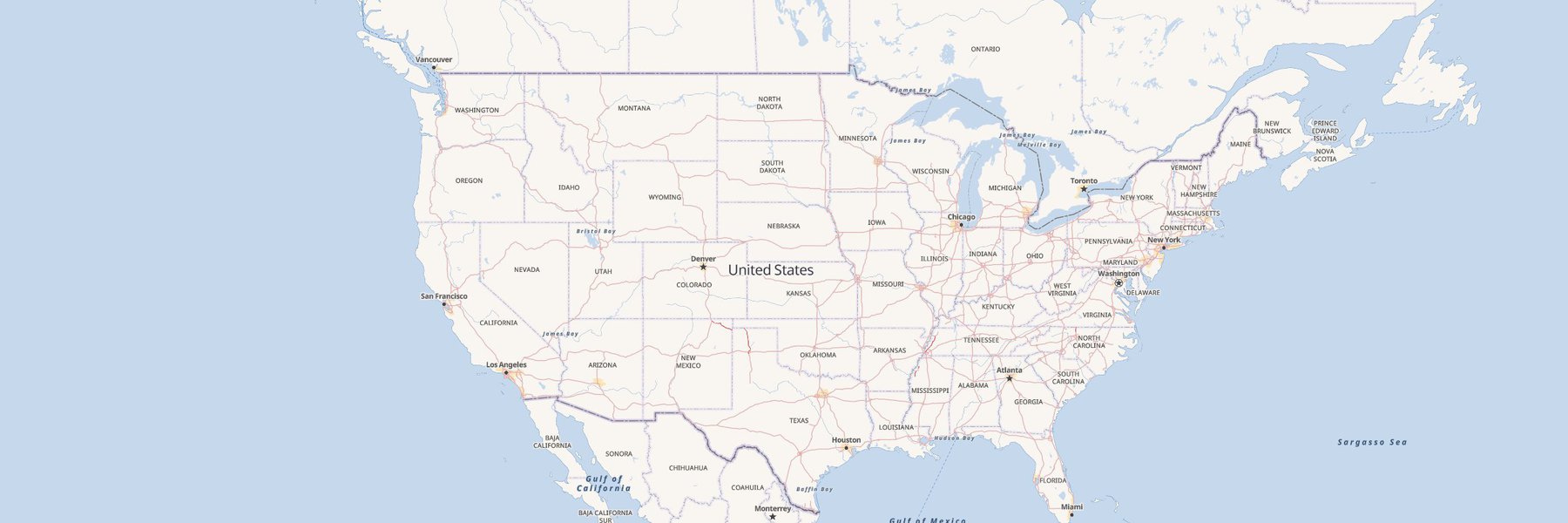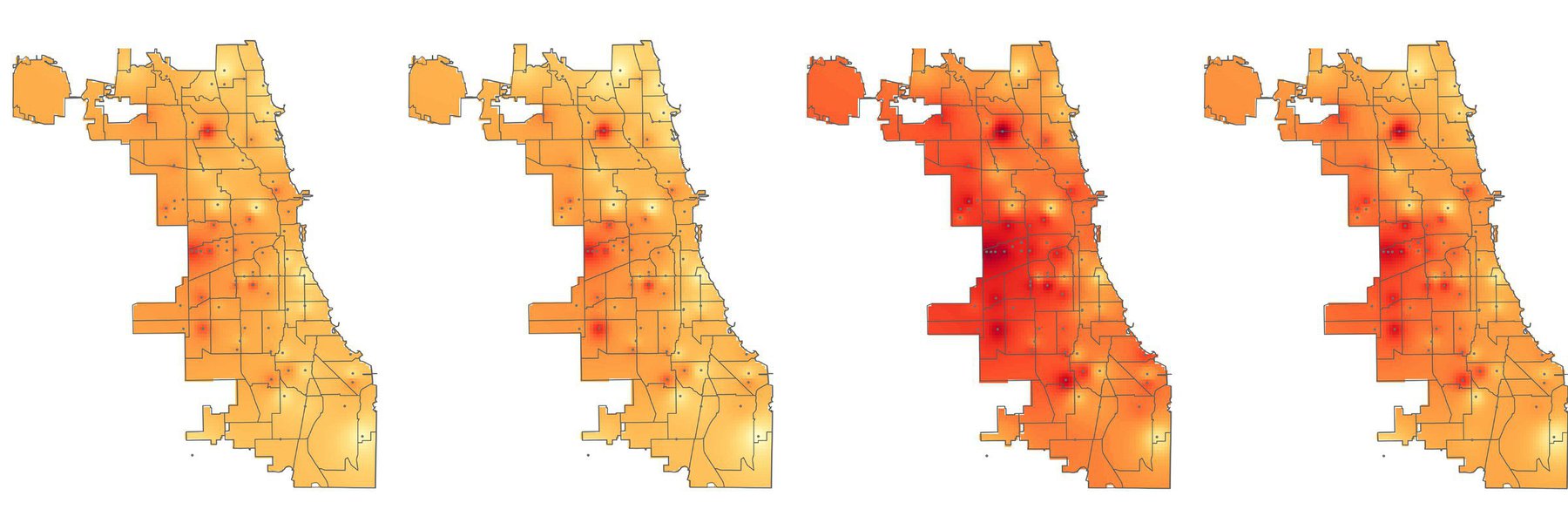The Women’s Marches last weekend were collectively some of the largest protests ever conducted in the United States. While we would love to have some hard data to be able to inform the public about what type of surveillance might have been used on the demonstrations, unfortunately many of the police departments we have requested in our Cell Site Simulator Census have either not given us any documents yet, or used sweeping law enforcement exemptions in order to not disclose some of the more sensitive, and important, information about their use.
- Awaiting Acknowledgement: Blue
- Awaiting Response: Purple
- Rejected: Large Red
- Completed: Green
- No Responsive Documents: Small Red
- Payment Required: Yellow
In fact, out of almost 200 requests filed, only 35 departments have given us documents about their cell site simulators so far. Out of those 35, only one, the Virginia State Police, has furnished us with an actual utilization log.
For instance:
- In New York City between 400,000 and 600,000 people took part in the demonstration, according to 538. We requested NYC Police Department on October 31st, and so far have not acknowledged our request. It is mandated in New York’s public records law that agencies have five days to complete, deny, or acknowledge the request, while also allowing them to ask for more time. We have not received any notification of an extension.
- In Washington, DC 485,000 people protested. We have not received any response from the DC Metropolitan Police Department, although they acknowledged it November 2nd. DC states that they have 15 days to respond or give notice that they need an extension. We have not received this.
- In Houston, 21,000 came out for the march. While Houston Police did respond, the documents we received were redacted to the point that very little meaningful information can be gathered from them.
- Portland, Oregon saw 70,000 demonstrators attend. We have yet to receive an indication that the Portland Police Bureau has acknowledged our request.
- Los Angeles saw 450,000 turn out. LAPD has yet to respond to our request, filed October 31st. California response times for FOIA requests are 10 days, barring an extension. We have not received any communication informing us of an extension, and recently paid a records fee to them, and still have not received records.
- Many cities including Boston, where 175,000 marched, and San Francisco, 80,000, did not include any kind of utilization log to show how they are using their cell site simulators. San Francisco PD also heavily redacted the documents, again resulting in very little useful data.
Cell site simulators, also known as IMSI catchers or StingRays, are devices that allow police to access your phone’s metadata, which lets them know who was at a given location for how long, who you are calling, the duration of calls, and even websites viewed or text messages sent. Recently a lawyer in Chicago filed a lawsuit, alleging that Chicago Police intercepted data from his phone while he attended a protest in 2015. Demonstrations have long been a worry for privacy activists concerning cell site simulators. Protesters have long suspected the police use the devices to identify demonstrators and map out communications networks within activist groups like Black Lives Matter.
Let alone utilization logs, just policies on cell site simulators are hard to come by. As of now, only 13 states have passed legislation curtailing the use of cell site simulators. While some are more stringent and comprehensive like the Illinois’, or California’s where each PD that purchases a StingRay must create its own internal policy and must delete irrelevant captured data after each day or investigation, others like Indiana’s law are easier on law enforcement, creating loopholes for exigent circumstances.
While we would prefer to have a larger data set than ten out of thirty-five possible policies, at least so far in the project that is, the San Jose Police Department’s policy is worth highlighting.
Within this policy we can see a framework that other police forces could use to learn valuable lessons about the ethical handling of such potentially invasive equipment. For one anything not immediately relevant to an investigation is not to be recorded on the device. It includes rigorous deletion policies, including one stipulating that the entire machine shall be wiped every ten days, at most. Furthermore, any data collected, including relevant information, is considered Sensitive Controlled Information and may not be seen by anyone else in the department that does not have a valid need to know. And perhaps most impressively, they have instituted an audit program, wherein the usage of the cell site sim is checked every six months for signs of misuse. What may be lacking even here however, is a rule governing what circumstances the device may be used for, which would work to prevent the undermining of constitutionally protected rights like protest.
We will continue to update you as responses roll in.
Image by Mark Dixon via Wikimedia Commons and is licensed under CC BY 2.0




